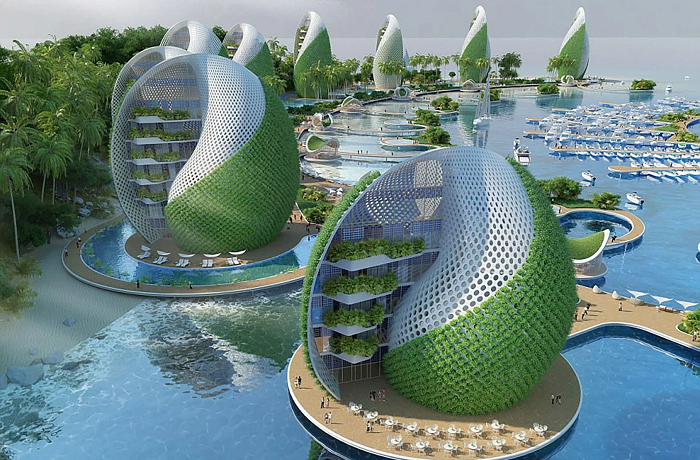Architectural bionics – the use of forms of living nature in the construction of buildings.
Judging by the trends that have been observed recently, the architecture of the future will be closely connected with nature and the environment around us. The greatest genius in the history of mankind, who is rightly called the “father of bionics,” was the first to try to use the experience of nature in building man-made machines. The masterpieces of another great master, Antonio Gaudi, gave impetus to the development of architecture in the bionic style. Gaudi managed to predict what will be relevant now and always: architecture is an integral part of nature. Bionics in architecture is the search for form according to the laws of formation of living tissues; it is the imitation of natural forms with the help of architecture.
In a modern technocratic society, the comfort and coziness of your own home is very important. The house becomes the only place where a person can fully rest, relax and isolate himself from the bustle of the big city. Bionic architecture involves the creation of houses that are a natural continuation of nature and do not come into conflict with it.
While bionic architecture has been developing quite actively around the world, in Russia it appeared quite recently, but has already managed to find its adherents among modern architects. St. Petersburg architect Boris Levinzon managed to create not just houses, but real works of high art. Their form is subject to the laws of nature, living and inanimate, they seem to merge with the landscape, smoothly flowing into it and continuing it. Bionic architecture in its further development strives to create eco-houses – energy-efficient and comfortable buildings that organically fit into the natural landscape and exist in harmony with nature.


